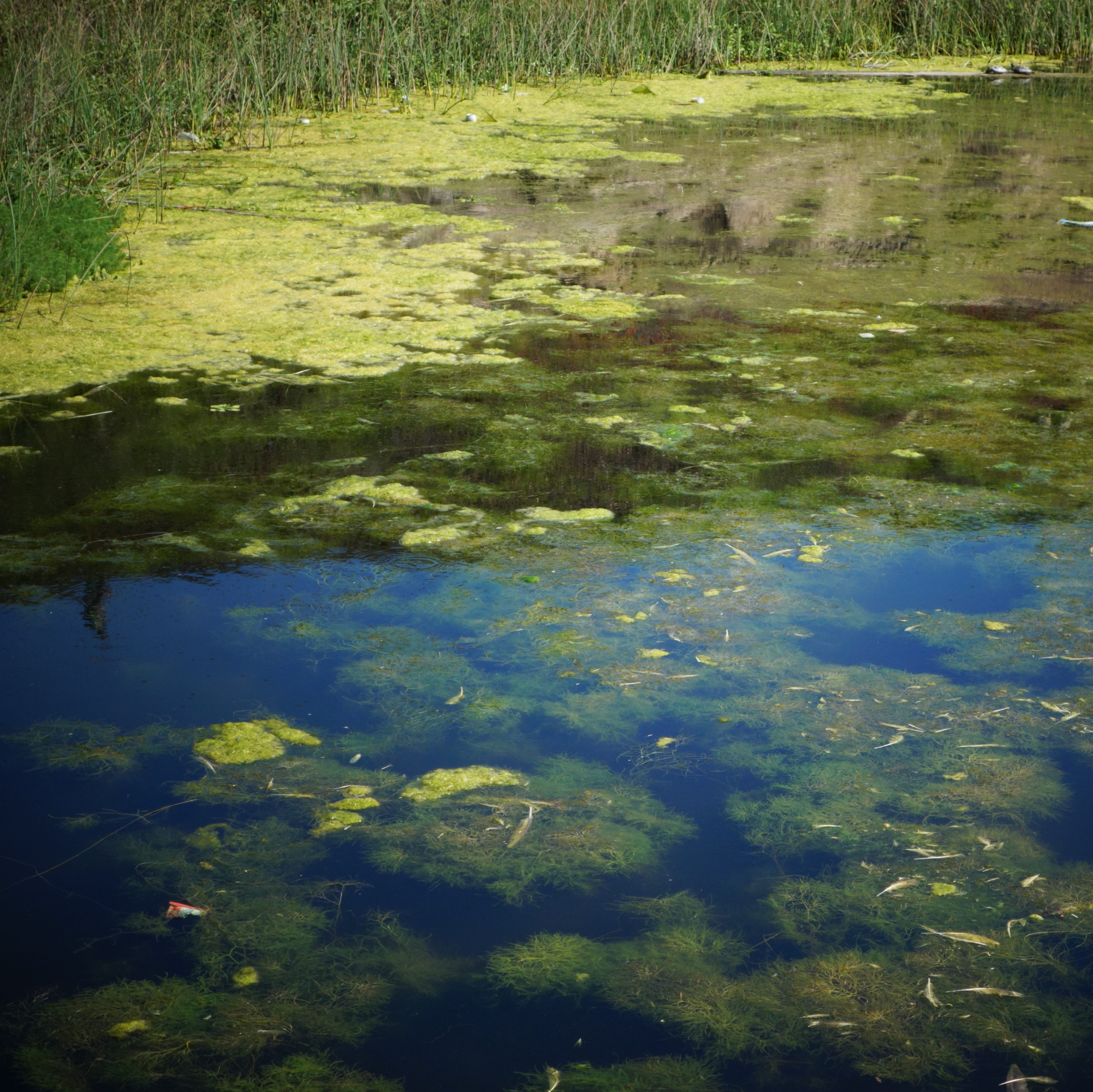What is nature? Is it something that exists separate from human culture or is it a construct that we create to explain what we want to remain undisturbed? What does our definition of nature say about us? How does it inform our approach to environmentalism?
This week we focused on defining the boundaries of environmental studies and exploring the frameworks we are bringing with us to the course. As we discussed our EcoTypes surveys, (and because of discussions in my Cultural Anthropology class about the fundamentals of difference!) I’ve found myself thinking a lot about what cultural perspectives and assumptions shape how we understand the environment and how we might define environmental studies.
Nature is a word that comes up a lot for me as I hear it being tossed around in my environment (pun intended). It is also a major EcoTypes axis. There is a huge culture of “outdoorsy-ness” in Portland and at LC, and in such cultures we often say we are going “out into nature” … “outdoors.” What the heck does nature have to do with doors? The fundamental Western definition (generally speaking of course) of “nature” is one which separates it from humans and modernity. Trees are natural, buildings are not. Rivers are natural, smartphones are not.
All around the world, we are witnessing the destruction of what we all seem to call “nature,” or “the natural world.” Forests are being chopped up, species are going extinct, yet it goes deeper. We’ve permanently altered the composition of our food, we’ve leaked chemicals and pollutants to the soil that can’t be removed, we’ve changed the composition of the air (containing 42% more C02 than in 1750 (2)), the wildest, most untouched parts of the globe are altered. Welcome to the Anthropocene. Humans have had enough of an influence on every aspect of the planet, that it can be argued that there is nothing “pure” left. And it certainly is so comprehensive a change that we cannot return to a pre human-interference “more natural” world. So, nature is gone?
But what if we were to redefine nature? How might we define nature to include a more meaningful relationship with our landscapes? One that encourages sustainability not just to restore ecosystems, but to move forward in a way that advocates for the harmony of landscapes and human institutions: technology, culture, urban places.
I first was exposed to a different definition of nature in my Native American Literature course at Bay. At the risk of overly generalizing a huge variety of first nations and perpetuating certain stereotypes, many native cultures are known to be more “in touch” or “connected” to nature than most Westernized models. (I guess the “civilized” seem to think the “primitive,” “live with nature,” but that is a discussion for another time). Their attitude is a much more inclusive definition of nature — one that does not stop at “manmade” creations. This approach might say: human evolution, a natural process, includes all human advancements and creations: cities, buildings, cell-phones, medicine, robots.
In her TED talk, Emma Marris explores the dangers of an unchanging definition of nature. National Parks, for instance, are managed super carefully to maintain a pristine and untouched look. But she says this makes them more fragile in a rapidly changing climate, plus they are inaccessible to lower economic classes and not very fun (because you’re not allowed to touch). “We’ve gotten so used to seeing versions of nature that are really sexy, and we’ve forgotten how to see nature that is literally right under our noses” (Marris).
“Study nature, love nature, stay close to nature. It will never fail you.”
Frank Lloyd Wright
Nature isn’t about pure wilderness, animals, trees, rivers, and mountains. It doesn’t end when you leave the park or start on a trail at the end of a Forest Service road. It isn’t supposed to be managed or controlled or somehow separate. (Shaped, boxy hedges really confuse me — they look like they want to be set free! I mean, would you want be made of 90 degree angles?) Nature just doesn’t do boundaries. I’m starting to think of nature as less about what and more about how. It includes the process of adapting ecosystems, the ebb and flow of a city, and the weeds that keep coming back until you learn to love them.

